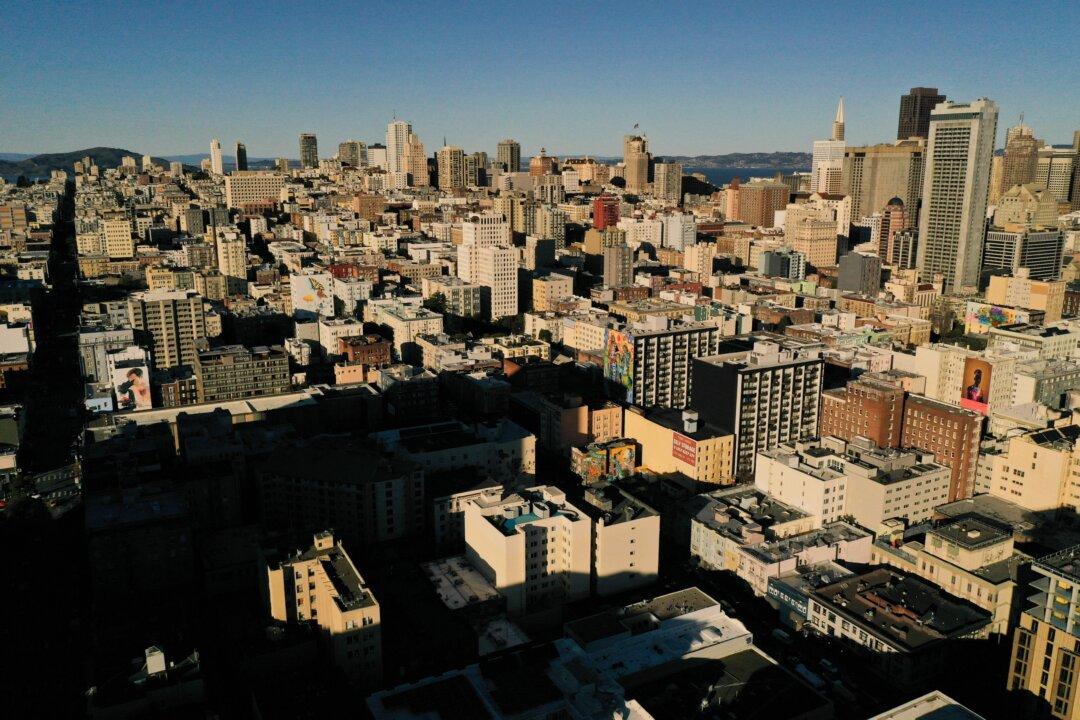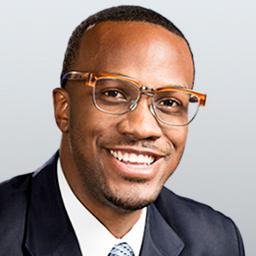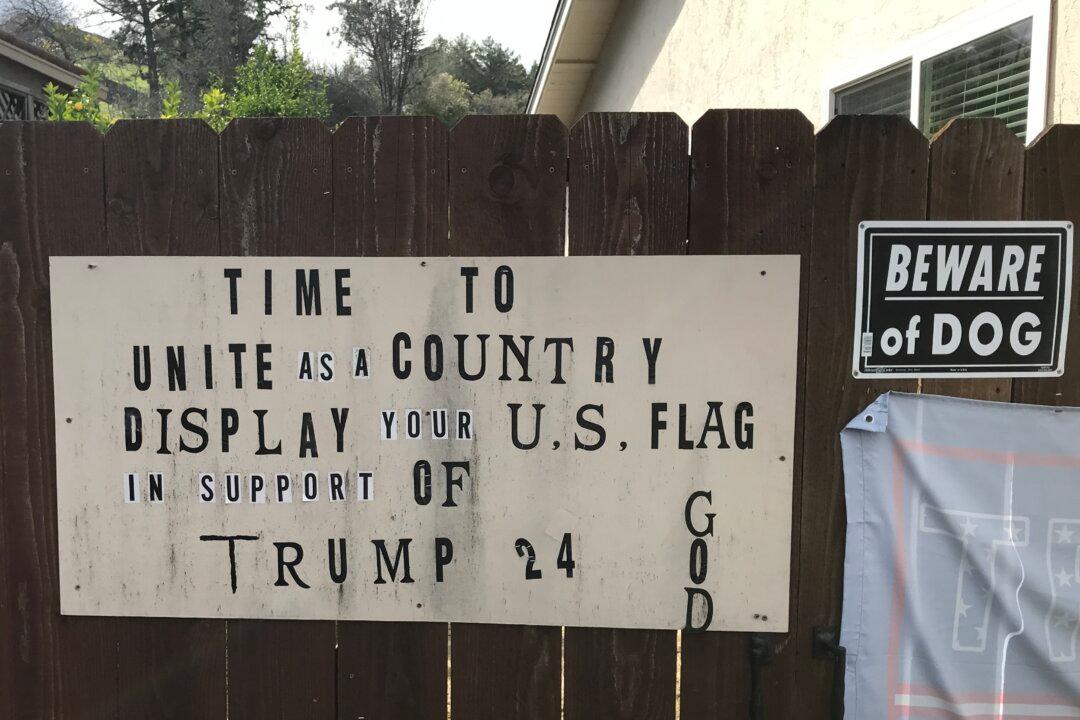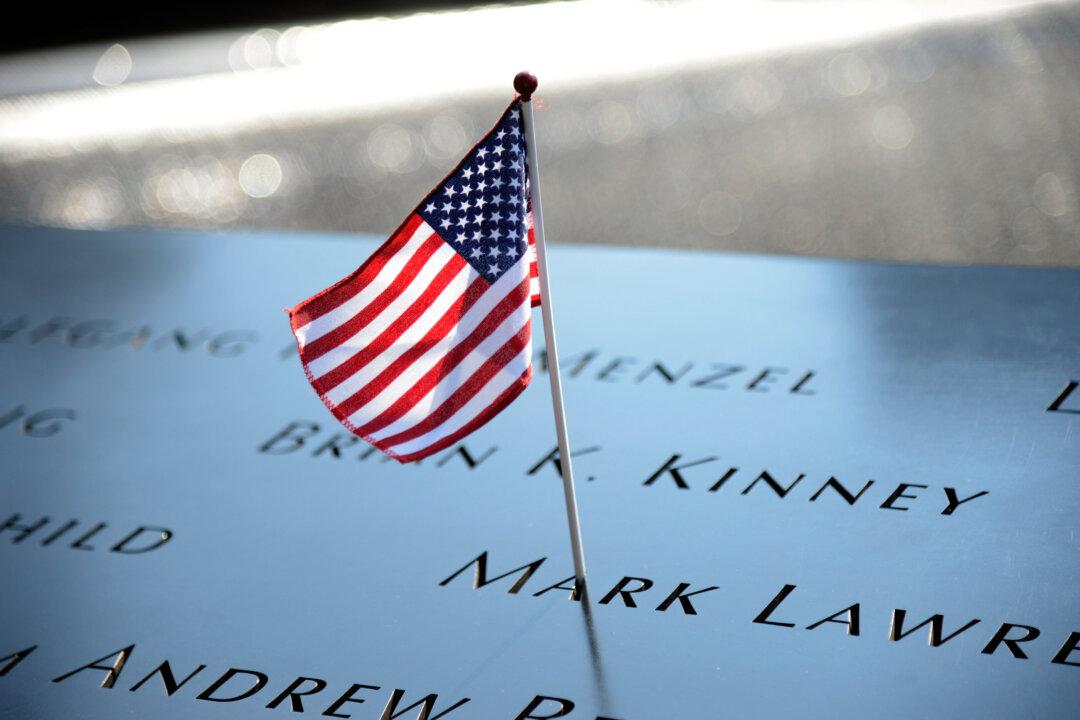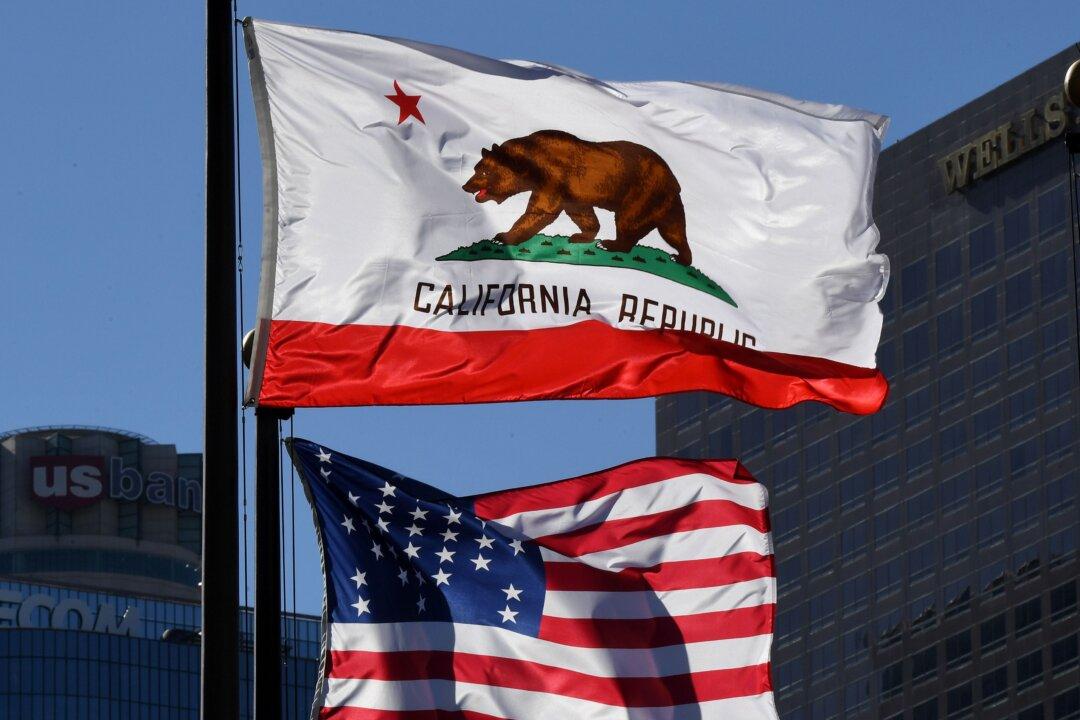Commentary
Rampant crime and corruption. A deadly drug crisis. Unprecedented homelessness. Grossly overwhelmed and underfunded police departments. If that is not convincing enough, add a diminishing population that is all but powerless against a crime-infested city.
